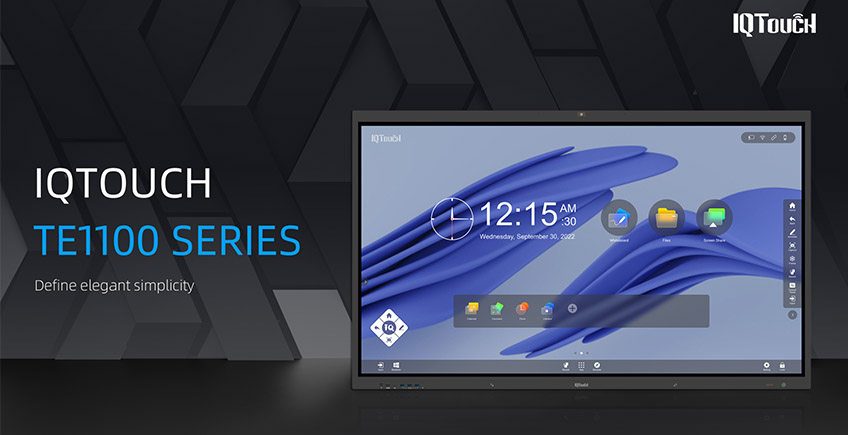For schools to work properly and effectively, it is crucial to understand the functioning of the constitution. Schools and other educational bodies need to establish a place that serves students in a way that promotes knowledge and learning and focuses on growth.
It is vital to make schools a place of individual and communal growth. Our education and learning to impact everything we do, think, and feel in the world. Schools should be more than just a place for academics; they should also teach students about entrepreneurship, the economy, and the fundamentals of reading and writing. Schools should focus on the development of each student individually to prepare them for the upcoming challenges of the world. They should be trained to stand and work for what they believe in.
Pupils in traditional schools typically attend a regular school day based on age, grade level, test results, and specific learning needs. However, academically, our current educational system still primarily revolves around teaching students’ content, having them memorize it, and having them take standardized tests.
There is nothing wrong with instructors using this traditional method of instruction. However, a child's education is influenced by various circumstances, including finance, school boards, and state and federal regulations. Unfortunately, there needs to be more of a voice for educators at this table.
The four generations of teachers in the classroom today include those with the world in their pockets and those who grew up without access to a computer. It might be challenging to get everyone on board with significant changes due to the stark contrasts between each generation. Still, it’s always a good idea to start small when modifying curriculum objectives. One can always start by bringing effective changes on an individual level.
In recent years, technology has become an integral part of education and has transformed the way students learn. One such technology that has gained widespread popularity in schools is the IQ board. An IQ board, also known as an smart education solutions, is a large, touch-sensitive screen that allows teachers and students to interact with digital content in real-time.
The IQ board is a versatile tool that can be used for various purposes such as presenting multimedia content, conducting interactive lessons, and creating engaging learning experiences. It can also be used to assess students' progress and provide personalized feedback.
In this article, we will delve deep into the world of IQ board smart education solutions and explore how it can bring a change in schools. We will discuss the various features and benefits of IQ boards, how to use them effectively, and how to implement them in schools.

An IQ board is a large, touch-sensitive flat screens for schools that can be used to interact with digital content such as videos, images, and documents. It consists of a projector, a computer, and a screen or a whiteboard. The projector projects the digital content onto the screen or whiteboard, and the computer processes the input from the projector and the touch-sensitive screen.
The IQ board comes with a pen or a stylus, which can be used to write or draw on the screen, just like a regular whiteboard or a chalkboard. It also has a range of interactive tools such as a highlighter, an eraser, and a ruler, which can be used to annotate and manipulate the content.
The IQ board is connected to a computer, which allows the teacher to access and share various types of digital content such as videos, presentations, and documents. The teacher can also use the computer to access the internet and present web content on the IQ board.
· Interactive learning: The IQ board allows teachers to present interactive lessons that engage students and encourage participation. With the touch-sensitive screen and interactive tools, students can interact with the content, take notes, and collaborate with their peers.
· Multimedia content: The IQ board allows teachers to present multimedia content such as videos, images, and documents, which can make the learning experience more interactive and engaging.
· Personalized feedback: The IQ board allows teachers to assess students' progress and provide personalized feedback in real-time. With the help of interactive tools and assessment features, teachers can track students' progress and identify areas of improvement.
· Collaboration: The IQ board allows students to collaborate and work on projects together in real-time. With the help of the interactive tools and the ability to share content, students can work together and communicate effectively.
· Accessibility: The IQ board is a highly accessible tool that can be used by students with disabilities. With the help of the touch-sensitive screen and interactive tools, students with visual or physical impairments can interact with the content and participate in the learning process.
· Plan: Before using the IQ board in the classroom, it is essential to plan ahead and decide on the content and activities that will be presented. This will ensure that the lessons are well-structured and engaging for the students.
· Keep it simple: It is essential to keep the content and activities simple and easy to understand. Overloading the students with too much information can lead to confusion and frustration.
· Use a variety of content: To keep the students engaged and motivated, it is essential to use a variety of content such as videos, images, and documents.
Copyright © 2017.Returnstar Interactive Technology Group Co., Ltd All rights reserved.
